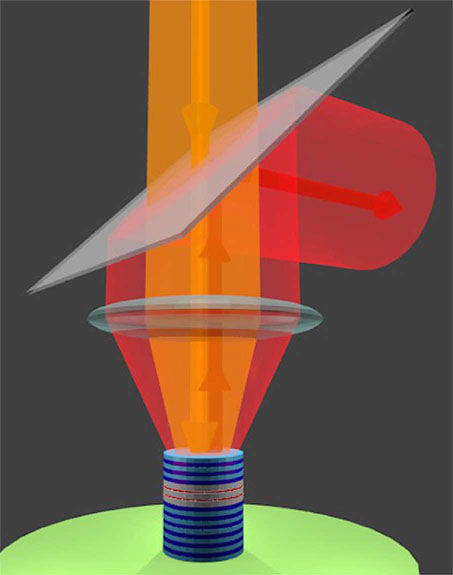Squeezing of light with exciton-polariton interactions

Continuous sources of squeezed light are a notorious challenge for semiconductor systems. One of my early goals has been the demonstration of such squeezed states by exploiting the strong excitonics nonlinearities provided by polaritons.
The exciton part of polaritons induces a Kerr-type optical nonlinearity within the microcavity, about two orders of magnitude higher than in nonlinear crystals. This allows the observation of an optical bistability. At certain points of this bistability, nonlinearites change the statistical properties of the fluid. In particular, the density fluctuations can be reduced below the standard quantum limit in the polariton field. This compressed state is then inherited in the emission of the cavity, which then acts as a compressed state source.
In a planar cavity, this is hindered by the coupling to the continuum of modes (the dispersion relation E(k) is continuous). However, it is possible to discretize the polaritonic modes by lateral confinement. In collaboration with the group of Jacqueline Bloch and Alberto Amo at C2N, we developed narrow pillars (2.5 μm in diameter and a height of 10 μm), able to nicely isolate the ground state. This, plus some additional enhancements such as an asymmetry in the optical cavity, a larger number of quantum wells, and the use of a large photonic fraction (75%), resulted in a new intensity compression record (~ 36%) for this type of system.
These results are discussed in our paper, available in open-access at Nature Communications 5, 3260, (2014). The all-semiconductor composition of this new source, its small size, and its low power requirement make it an interesting proof of principle for future quantum technologies.

